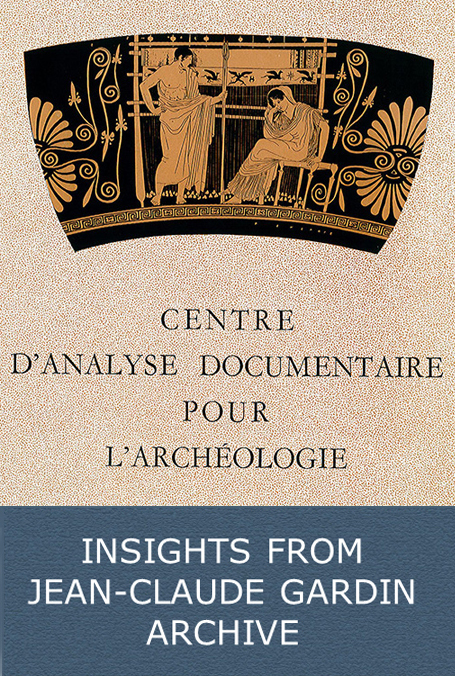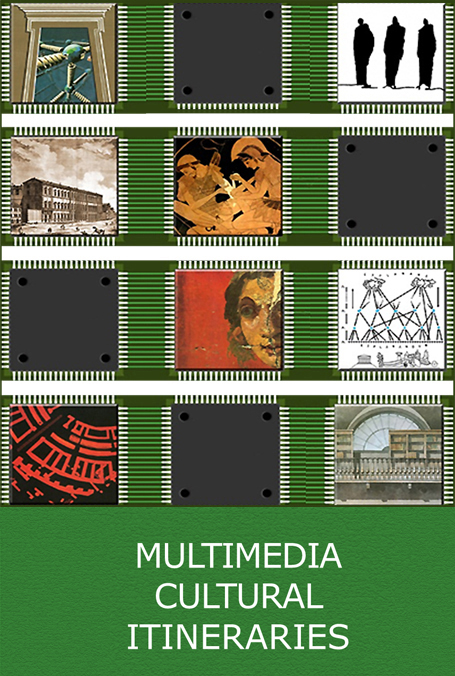Virtual Museum of Archaeological Computing
The Virtual Museum of Archaeological Computing aims at retracing the development of a boundary discipline, which set its roots in the 1950s. Narration starts with the first two decades of applications, between 1950 and 1970. In this period, the foundations of this discipline were laid and a lively debate arose about the theoretical and methodological implications related to the introduction of computers into the world of archaeology.
A virtual tour, guided by specialists, will offer a survey on the history of applications and technological devices, within the framework of the main archaeological sectors involved in the process of data digitisation. Both the general public and specialised scholars will be allowed to approach the most fascinating expectations in this field, aimed at establishing a dialogue between past and future, in which the present is rendered through a digital format.
The female figure of Penelope oversees and accompanies visitors along the Museum. Such a choice is not accidental, but it refers to the first years of experimentation on automatic documentation of archaeological artefacts. In the brochure of the "Centre d'analyse documentaire pour l'archéologie", dating back to the end of the 1950s, Jean-Claude Gardin selected Penelope as witness of his thoughts.
He wrote, at that time: "Les éléments d'information passent par un cycle sans fin d'analyses et de synthèses, chaque auteur décomposant les données assemblées dans les ouvrages de ses prédécesseurs, pour les 'relier' à son tour dans ses propres publications, qui, elles-mêmes, seront disséquées, et ainsi de suite. La démarche proposée consiste au contraire à conserver les donné es sous forme analytique, et à les mettre sous cette forme à la disposition des érudits".
The main navigation system, based on a chronological order, provides access to the website allowing users to move further into its content. Along with this more traditional navigation method into the subject matter, some cultural itineraries have been planned, where scholars are invited to share stories, reconstruct the establishment of institutions or laboratories dedicated to archaeological computing and propose innovative research routes.



